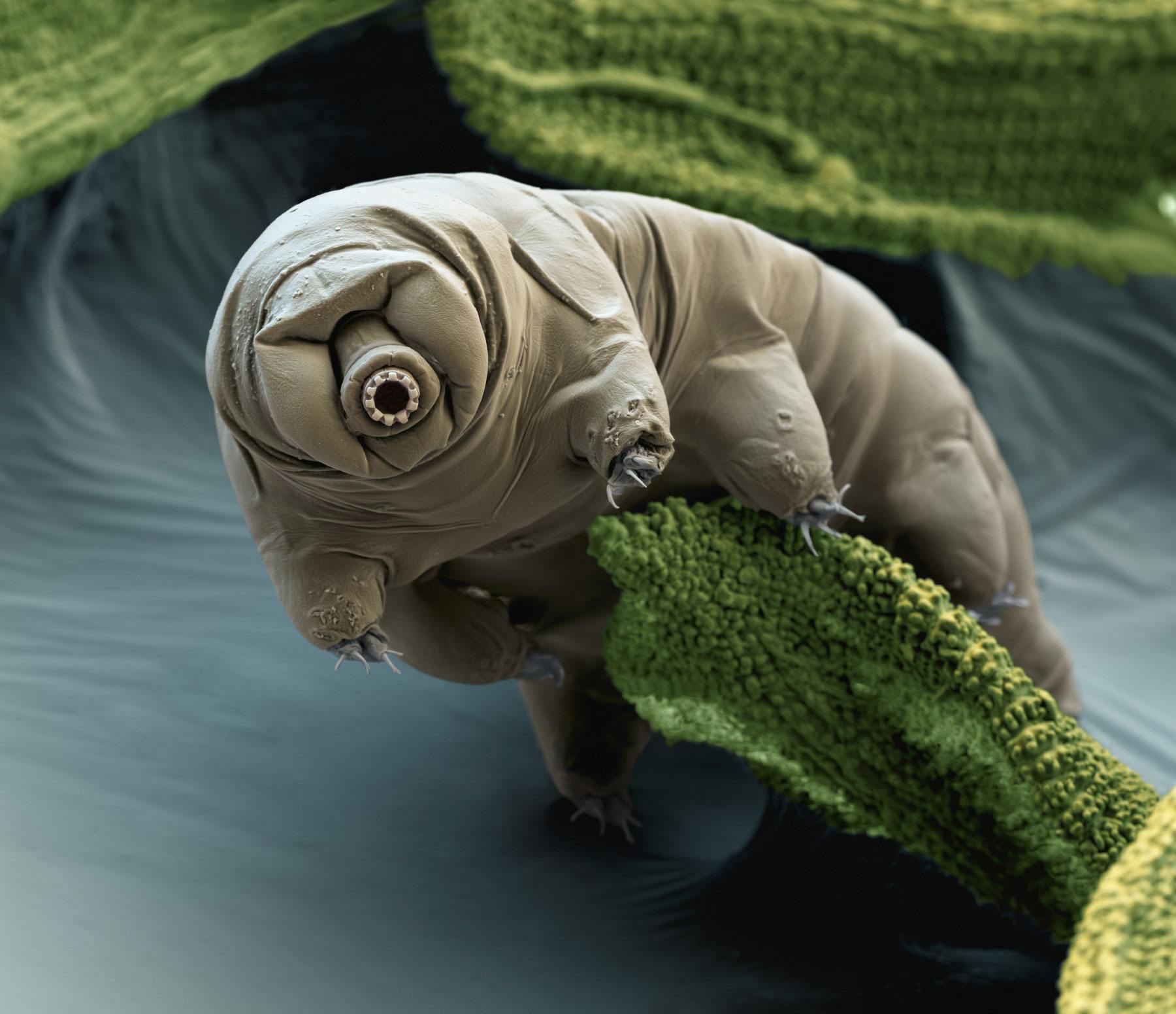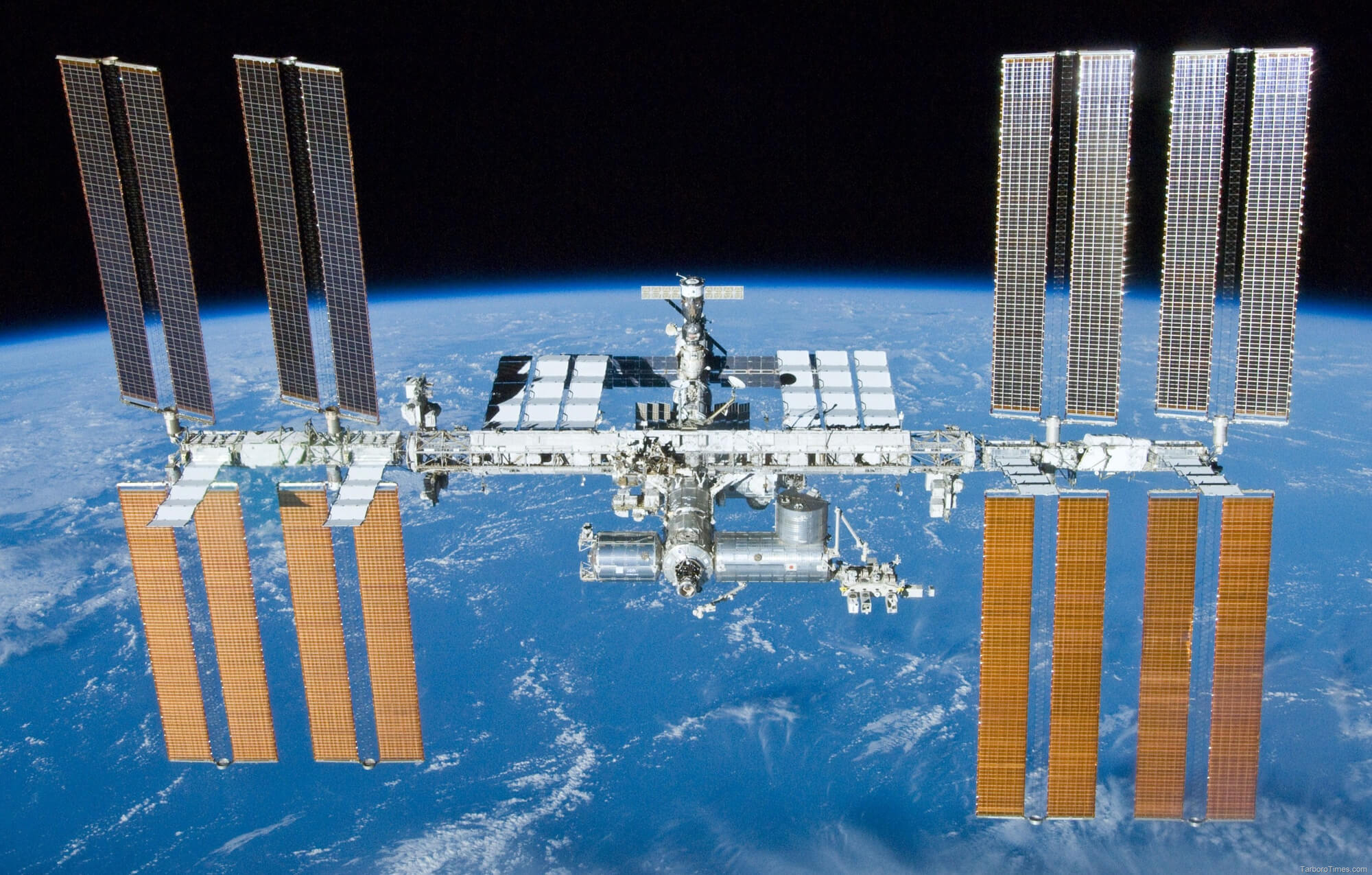
Astronauts find living organisms clinging to the International Space Station, and aren’t sure how they got there
During a spacewalk intended to clean the International Space Station, Russian astronauts took samples from the exterior of the station for a routine analysis. The results of the experiment were quite surprising. Astronauts expected to find nothing more than contaminants created by the engines of incoming and outgoing spacecraft, but instead found that living organisms were clinging to outside of the ISS. The astronauts identified the organisms as sea plankton that likely originated from Earth, but the team couldn’t find a concrete explanation as to how these organisms made it all the way up to the space station — or how they managed to survive.
Though NASA has so far been unable to confirm whether or not the Russians truly did discover sea plankton clinging to the exterior of the station, there is some precedent for certain creatures being able to survive the vacuum of space. Tardigrades, water-dwelling microscopic invertebrates, are known to be able to survive a host of harsh environments. They can survive extreme temperatures (slightly above absolute zero to far above boiling), amounts of radiation hundreds of times higher than the lethal dose for a human, pressure around six times more than found in the deepest parts of the ocean, and the vacuum of space. The organisms found on the ISS aren’t tardigrades, but the little invertebrates show that some living organisms from Earth can indeed survive the harshness of space.
The bigger mystery is not that the plankton survived, but how they made it all the way up there, 205 miles above Earth. The scientists have already dismissed the possibility that the plankton were simply carried there on a spacecraft from Earth, as the plankton aren’t from the region where any ISS module or craft would’ve taken off. The working theory is that atmospheric currents could be scooping up the organisms then carrying them all the way to the space station, though that would mean the currents could travel an astonishing 205 miles (330 km) above the planet.
Living organisms have been found far above Earth before, such as microbes and bacterial life discovered 10 and 24.8 miles, respectively, into the atmosphere — though those numbers are a far cry from 205 miles.
For now, we’ll have to wait to see if the Russian team confirms the findings with NASA. Then, maybe the two factions can work together in order to figure out how plankton made it all the way up into space, and perhaps even discover exactly why the plankton can survive. The organisms aren’t alien life, but they did pose another fascinating mystery.
Author: By James Plafke

